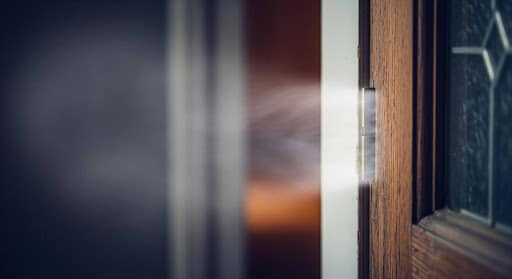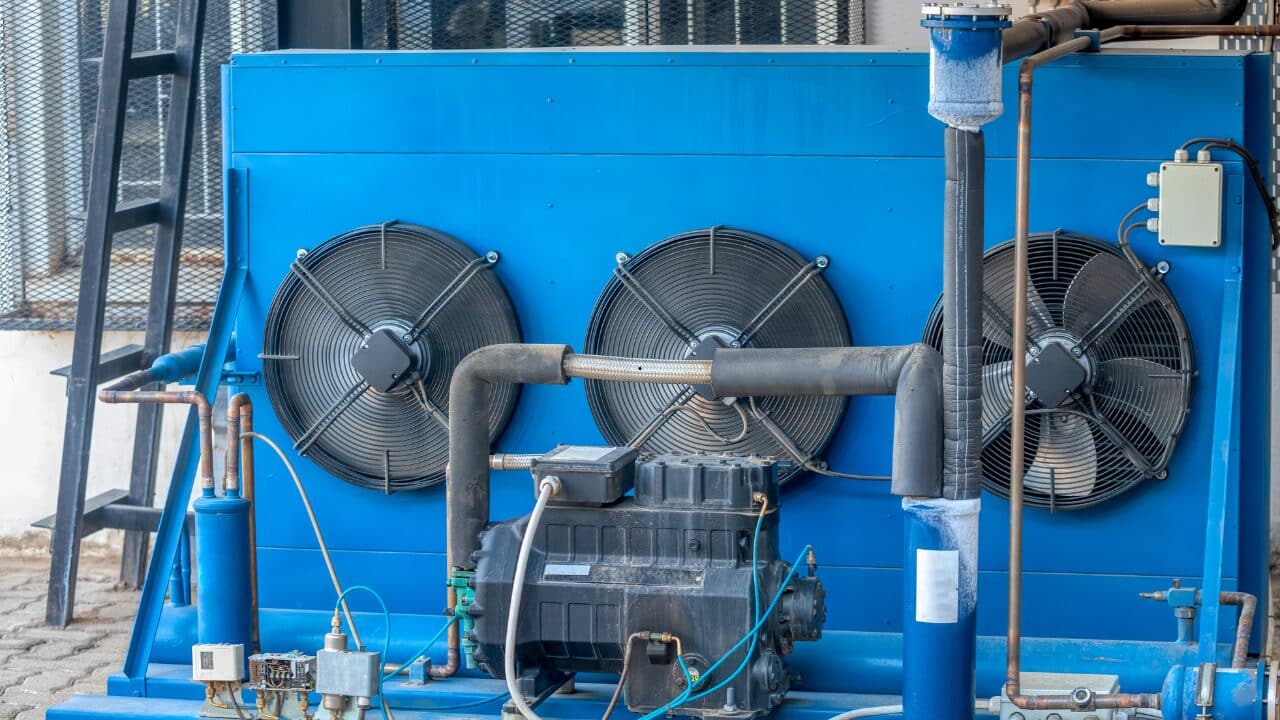A miracle substance, PVC, is touted as being in many ways. The options are somewhat limited, however. Particularly in HVAC applications, PVC has significant limitations. Before choosing the appropriate material for your construction or installation job, consider how you want your system to operate and any obstacles that might prevent future changes.
HVAC also referred to as heating, and air conditioning, is a crucial component of every house or establishment. Your HVAC system performs everything, from preserving your comfort in winter to keeping you cool in summer.
There is a cost associated with this critical system, but you can assist bring it down by using inexpensive materials like PVC. Comparing PVC to metal systems may be advantageous.
Table of Contents
Why Should You Consider PVC For HVAC Ducts?
The advantages of PVC over conventional metal HVAC systems are numerous. PVC is initially corrosion- and rust-resistant. This makes it a fantastic option if the line must pass underneath a building or through a place of business where it may be exposed to exhaust or fumes.
PVC is sturdy and long-lasting, enabling your system to survive a range of environmental factors and last for decades. The forced-in hot air doesn’t cool before it leaves the vent because PVC is a greater insulator than metal.
Corrosion-Free HAC Ducts
Any environment can have corrosion problems, but commercial buildings are particularly vulnerable because of the gases and exhaust that can cause HVAC systems to corrode over time. PVC is frequently utilized to adhere to required safety rules and is a smart solution for risk mitigation.
PVC ducting can be used in homes to run a heating and cooling system underground without being damaged by moisture or even radon. Metal ducting can rust over time and needs to be replaced. Ultimately, PVC ductwork might result in cost savings for you.
It comes With Different Designs And Styles
PVC can be helpful if a builder places heating and cooling grilles on the floor rather than the ceiling. It is very useful if the house lacks a crawlspace where metal ductwork may be put. In a house built on a concrete slab, PVC ducting is a superior option for being positioned directly beneath a floor.
Additionally, as was already mentioned, PVC material protects against corrosion caused by moisture that might occur at the floor level.
A Better Alternation For Insulation Material
PVC is far better at insulating than metals, which are conductors and poorly retain heat, which is one of the main reasons the material is employed for heating and cooling.
The heating and cooling system is less effective than PVC because hot and cold air are scattered when they pass through thin mill steel.
Larger structures, where heat and cool air must travel further via the ducts, frequently choose PVC ductwork over metal, even though metal ductwork is typically sufficient for smaller buildings.
What Are The PVC Limitations For HVAC Industry?
The sizes and weights offered for PVC and CPVC are their principal drawbacks. Because exhaust ducts typically span smaller distances than air delivery ducts and PVC and CPVC can handle high-pressure exhaust, they are used in exhaust applications.
The air velocity rises over distance because PVC ducting is likewise narrower. As a result, your clients’ heat registers can blow a discomforting gust of air. In addition to being heavier than the thin steel used in ductwork, PVC and CPVC will require extra installation space due to their weight.
You will require special adapters to connect PVC to metal components used for residential ductwork. Cost used to be a key consideration. The cost of PVC and CPVC was a little higher. That might soon alter.
There may be more PVC and CPVC possibilities if steel prices stay high. You may witness the introduction of brand-new goods better suited to HVAC requirements.
PVC Duct Sizes
The size options of the two materials are the first restrictions to consider when choosing PVC for duct construction. Because PVC can withstand the volume of forced exhaust and the forced exhaust usually follows a direct path over short distances, PVC is utilized for exhaust vents.
A home’s HVAC system pumps air from the basement through the house in significantly bigger volumes. Because of this, the task cannot be accomplished using conventional PVC size. Air would move faster if forced through a smaller diameter PVC pipe instead of a huge metal duct.
Material Cost
The cost of the materials is the next aspect to think about. Despite serving the same purpose, the two materials’ disparate pricing can make it difficult to apply them together when building a house. The cost of PVC and galvanized steel ductwork is comparable.
Cross-application may be more difficult for a major project, such as a new house or apartment complex, due to the cost. Air can move from one place to another through PVC pipe. PVC is sturdy and easy to install, just like steel ductwork.
Cross-application needs to be improved by the variations in the available shapes, sizes, and product weights.
Conclusion
DIY structure construction is another less common application for PVC ducts. Making a clothing rack or dog jump out of PVC duct pipe might save you money due to its low cost. Above all, PVC is a great material option for an HVAC system!
It would help if you discussed the use of PVC in your HVAC system with the builder of your upcoming home. It can be challenging and expensive to update an existing system in a building that has already been constructed, such as moving from a metal HVAC system to a PVC system.
Talk to your contractor to learn about your choices because it can be easy.





